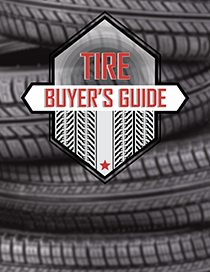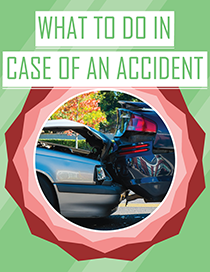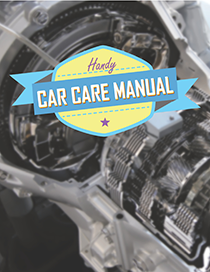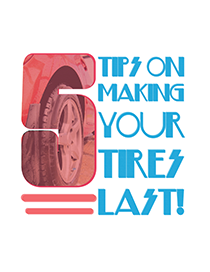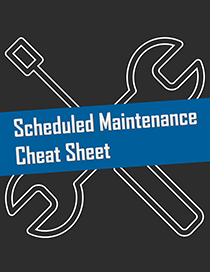How to Avoid Hydroplaning
Hydroplaning occurs when your vehicle’s tires lose traction with the road surface due to water buildup, causing the vehicle to slide uncontrollably. Here are some tips to help you avoid hydroplaning:
- Reduce Speed: Slowing down is the most effective way to reduce the risk of hydroplaning. Driving at a slower speed allows your tires to maintain better contact with the road surface, increasing traction.
- Maintain Tire Tread: Ensure that your tires are properly inflated and have adequate tread depth. Bald or worn-out tires are more prone to hydroplaning because they cannot channel water away effectively.
- Avoid Puddles: Try to avoid driving through standing water whenever possible, especially if you cannot see the road surface beneath. Even shallow puddles can cause hydroplaning.
- Drive in the Tracks of Previous Vehicles: Water tends to accumulate in the tire tracks of other vehicles, so driving in these tracks can help reduce the risk of hydroplaning. However, be cautious of following too closely to other vehicles.
- Use Smooth Movements: Avoid sudden movements such as hard braking, sharp turns, or rapid acceleration, as these can cause your vehicle to lose traction more easily on wet roads.
- Turn Off Cruise Control: Cruise control can lead to hydroplaning because it may cause your vehicle to accelerate unexpectedly if it detects a loss of speed. It’s best to turn off cruise control when driving in wet conditions.
- Stay Focused: Pay attention to the road ahead and be aware of any areas where water may be pooling. Be prepared to react appropriately if you encounter standing water or hydroplaning.
- Steer Straight: If you do start to hydroplane, remain calm and avoid overreacting. Keep a firm grip on the steering wheel and steer in the direction you want the vehicle to go without making sudden movements.
- Brake Gently: If you need to slow down while hydroplaning, apply the brakes gently and evenly to avoid locking up the wheels. This can help regain traction and control.
- Consider Hydroplaning Prevention Systems: Some newer vehicles are equipped with advanced safety features such as electronic stability control (ESC) and anti-lock braking systems (ABS) that can help prevent or mitigate the effects of hydroplaning.
By following these tips and practicing safe driving habits, you can reduce the risk of hydroplaning and stay safe on wet roads.

